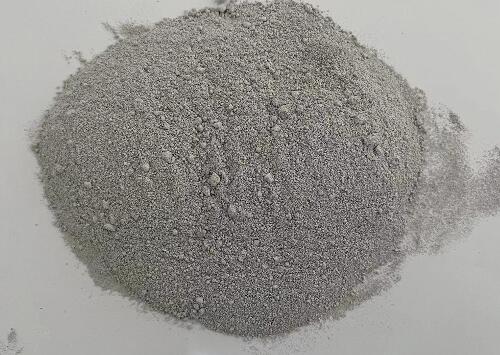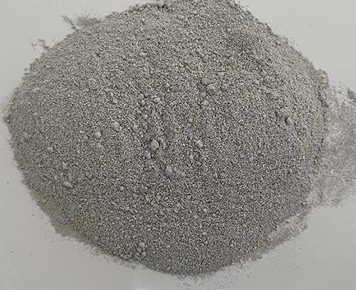A. The development of concrete admixtures history:
1. In the early 1990s, the United States preferred to put forward the concept of high-performance concrete (HPC), a new superplasticizer and concrete materials science combined with a successful example.
2. In 1824 British I. Aspdin obtained a patent for Portland cement, cement concrete has been widely used.
3. 1962 Japan Hattori Kenichi first naphthalene sulfonic acid formaldehyde condensate (n ≈ 10) for concrete dispersant, 1964 Japan Kao stone alkali company as a product sales.
4. In 1963, the Federal Republic of Germany developed the formaldehyde condensation of melamine sulfonate, while the appearance of polycyclic aromatic hydrocarbon sulfonate formaldehyde condensation.
5. In 1966 Japan first applied high-strength concrete and began to produce pre-stressed concrete pile columns.
6. 1971 ~ 1973, Germany preferred to superplasticizer to develop successful flow concrete, concrete vertical pumping height of 310m.
7. The current direction of development is the HPC and the use of composite superplasticizer (CSP) research, to achieve the full calculation method of HPC mix design and CSP formulation design.

B. the development direction of concrete admixtures:
1. High-efficiency water reducing agent: naphthalene and melamine system of high-efficiency water reducing agent modification, polyacrylate superplasticizer, polyacrylic acid joint copolymer superplasticizer, amino sulfonate superplasticizer, sulfonated ketone aldehyde condensation, lignin sulfonate efficient, industrial waste production superplasticizer.
2. Compound admixture: low alkali low doping liquid compound admixture, compound superplasticizer and its formula design, low alkali low doping liquid compound antifreeze, micro expansion multifunctional waterproofing agent, liquid expander, liquid quick-setting agent, super slow-setting agent.
3. Other admixtures: shrinkage reduction agent, alkali-aggregate reaction inhibitor, surface hardener, efficient release agent.
C. The functional classification of concrete admixtures:
1. Definition: “Concrete admixture classification, naming and definition” GB8075-87, is added in the process of mixing concrete, to improve the performance of concrete substances, the amount of admixture is not more than 5% of the mass of cement (except in special cases).
2. Concrete admixtures are divided into four categories according to the main function.
(1). to improve the concrete mixer admixture properties of change. Including water-reducing agents, air-entraining agents, and pumping agents.
(2). adjust the concrete setting time and hardening performance of the admixture. Including retarder, early strength agent, and quick-setting agent.
(3). improve the durability of concrete admixtures, including air-entraining agents, water-proofing agents, and rust inhibitors.
(4). to improve the other properties of concrete admixtures. Including aerator, expander, antifreeze, coloring agent, water repellant, and pumping agent.
D. The role of concrete high-efficiency water-reducing agent:
1. In the case of not changing the ratio of various raw materials, adding concrete high-efficiency water-reducing agent, will not change the strength of concrete, and at the same time can significantly improve the rheology and plasticity of concrete, so that the construction of concrete can be self-flowing, pumping, without vibration and other ways to improve the construction speed, reduce construction energy consumption.
2. Without changing the ratio of various raw materials (except water) and the slump of concrete, reducing the amount of water can greatly improve the strength of concrete, and the early strength and late strength can be increased by more than 60% and 20% respectively compared with the concrete without water reducing agent.
3. In the case of not changing the ratio of various raw materials (except cement) and concrete strength, can reduce the amount of cement, mixed with cement quality 0.2% to 0.5% of the concrete water reducing agent, can save the amount of cement 15 ~ 30% or more.
4. Mixing with a concrete high-efficiency water-reducing agent, can improve the life of concrete more than double, even if the normal service life of the building is more than double.








